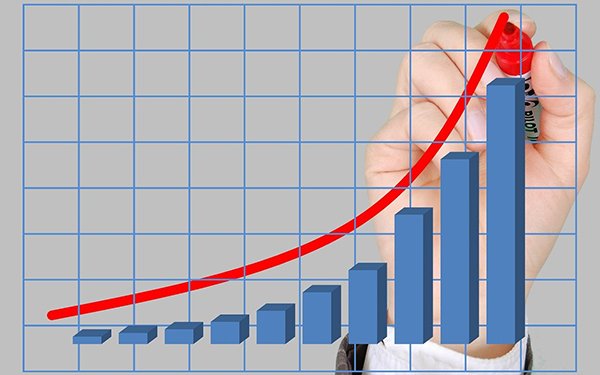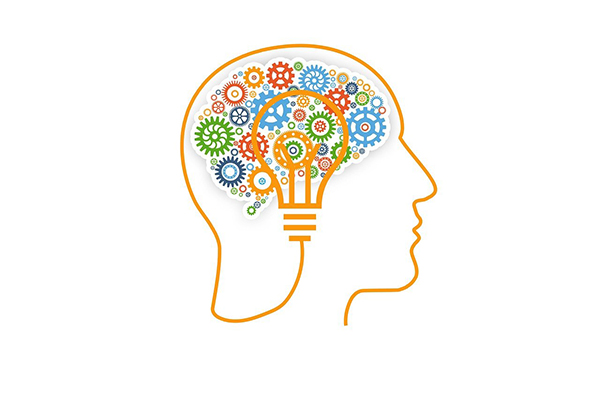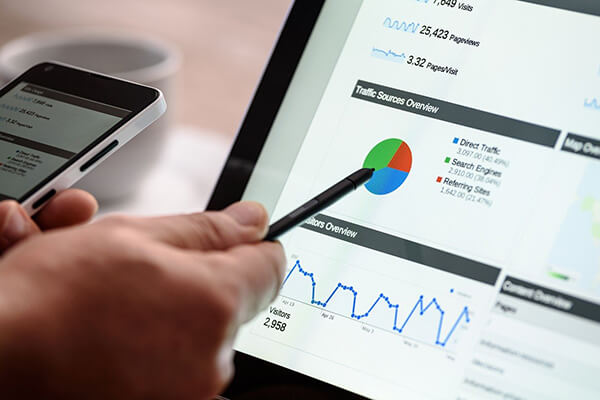Using Psychology to Boost Your Conversion Rate Optimization

Can a better understanding of the human brain help you get more conversions? Absolutely! Let’s look at how to incorporate some psychological concepts into your conversion rate strategy, along with some examples.
Behavioral economics: humans are irrational
What is behavioral economics and what does it have to do with conversion rates? Traditionally, economists believed that humans make rational buying decisions, carefully weighing all the options to choose what’s best for them. Behavioral economists have discovered that buyers don’t do that at all. Purchase decisions are often based on emotions, or “heuristics,” and not on logical thinking.
One of clearest examples of this is our need for instant gratification. The old adage, “A bird in the hand is worth two in the bush” seems like good advice, but we almost never apply it. We make decisions that prioritize our present, almost to the detriment of our future. Putting off saving for retirement or signing up for the yearlong payment plans seem like better options because they spare us unpleasantness in the present and we don’t have to deal with the pain until much later.
So, how can you incorporate people’s natural irrationality into improving your conversion rates? Taking the desire for instant gratification as an example, you can focus on putting pleasant things in the present and pushing bad things to the future. Offering customers a one-month free trial of your service or providing instant access to a free quote satisfies their need for immediate gratification and pushes “pain” (having to pay for something) into the future.
The Fogg Behavioral Model
An important behavioral model to keep in mind as you go after leads is the Fogg Behavioral Model, created by B.J. Fogg. It states that three elements must occur at the same time for us to take an action:
1. Motivation: How badly do you want to do something?
2. Ability: Are you able to do something, either financially or with available resources?
3. Trigger: What’s the mechanism that gets you to respond?
It’s easier to understand the Fogg Behavioral Model if you apply it to bad habits. Maybe you have a bad habit of eating too many cookies when you watch TV. Turning on the TV would be your trigger, because once it’s on, it reminds you that you’d like to eat some cookies. There’s a full package of cookies in the pantry, so you have your resources available. Finally, you want the cookies badly enough that you’re willing to walk to the kitchen to get them, so you have your motivation.
This example may be simplistic, but the behavioral model works in largely the same way for converting leads. Say you want visitors to your website to opt-in to your email list. To make this action happen, you need to provide the motivation, ability, and trigger. You motivate users by providing some kind of incentive for opting in, give them the ability to opt-in by asking for an email address (which almost everyone has), and use a sign-up form on your site as the trigger. When these three factors converge, ideally, your website visitor will opt into your email list.

The status quo bias
The status quo bias refers to a cognitive bias wherein people prefer that things stay as they are. More often than not, people prefer to do nothing, or take no action. Even when a great incentive is available, or there’s a risk that something bad happens, people still might not act.
One of the most common examples of companies playing on status quo bias is asking users to sign up for a free trial, but still collecting their payment info. When the trial ends, they’re automatically charged for a subscription to the service. The company doesn’t send out a reminder when the free trial is about to expire, and hopes users will either forget or simply be too lazy to cancel their subscription.
Behavioral targeting tips for your homepage or landing page
You can incorporate certain psychological elements on your home page or landing page that can help your conversion rate. For example, any visual or animated elements that elicit too much emotion shouldn’t go on your landing page. According to conversion rate expert and owner of SiteTurners, Tim Ash, each element should directly support your call to action and if it doesn’t, you should get rid of it. In most cases, a video playing in the background of your landing page or homepage is a bad idea, unless you’re selling an experiential product like tickets to an event.
While you might want to avoid over-emotional visual elements, you shouldn’t shy away from creating pressure for your leads. When people are under pressure, they don’t tend to make the most logical decisions. Adding a time limit to your offer, or displaying that you only have a certain number of your products available are effective for converting leads.
A final tip for targeting user behavior on a landing page is to list your various price points or packages with the most expensive one first. People will experience an initial pain seeing your high-priced product, but the pain lessens when they see the medium-priced, and low-priced products. They’re more likely to buy the low-priced one than if they had seen the low-priced product first or by itself. We experience loss of money as a sort of pain, because it feels like a physical loss of a resource. When you can get your leads to feel a smaller sense of loss, you have a better chance to convert them.

Improving your conversion rate optimization
If you approach conversion rate optimization from a psychological angle, you might be surprised at the results you achieve. When you’re recalibrating your strategy for converting leads, give some more thought to user behavior and how the human mind works by incorporating some of the tips in this article.
Want to dive deeper into psychology and conversion rate optimization? Check out this podcast episode from our founder, Stephan Spencer, on his show Marketing Speak.
If your website isn’t converting like you want, we can help address what’s not working to improve your conversion rate. Book a free strategy call with Netconcepts to get started.

Chapter 6:
Keyword Research
From the fundamentals of link building to the nuances of natural linking patterns, virality, and authority.
Related Posts

Thursday Three: Embrace Journaling, Tackle Tardiness, and Explore Our Energetic Echo
Here’s what I found inspirational, challenging, or just downright hilarious this week. What caught your eye? And, remember to check out this week’s great podcast episodes: Scaling a SaaS Company with Jason Morehouse “A crucial factor to business success is to find and take the personal path that works best for you.” — Jason Morehouse […]
Read More
Thursday Three: Harrison’s harmony, conquering a blank canvas, & gut health hacks
Here’s what I found inspirational, challenging, or just downright hilarious this week. What caught your eye? And, remember to check out this week’s great podcast episodes: Be a Sales Game Changer with Fred Diamond “True elite sales professionals develop a dedicated mindset, proactive client interaction, and continuous self-preparation. They understand their client’s needs and enable […]
Read More
Thursday Three: Rebirth of sleeper trains, 4,000 weeks is a long/short time, and golden age for medicine
Here’s what I found inspirational, challenging, or just downright hilarious this week. What caught your eye? And, remember to check out this week’s great podcast episodes: A Story Worth Retelling with Luke Storey “Aligned values are the cornerstone of successful partnerships, whether in business or life, as they shape our moral code, define our priorities, […]
Read More
